Julie Kraulis
Exclusive watches as graphite masterpieces
How art and artisan blend in graphite masterpieces


»I never stop learning or being humbled by the process of creating. «
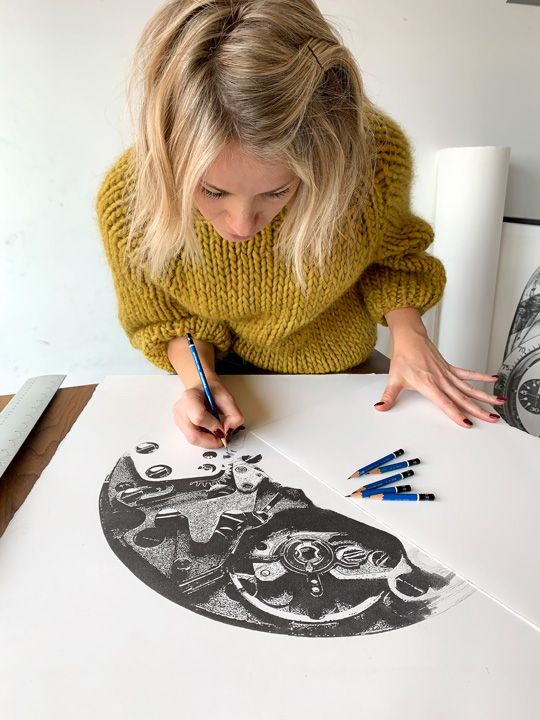
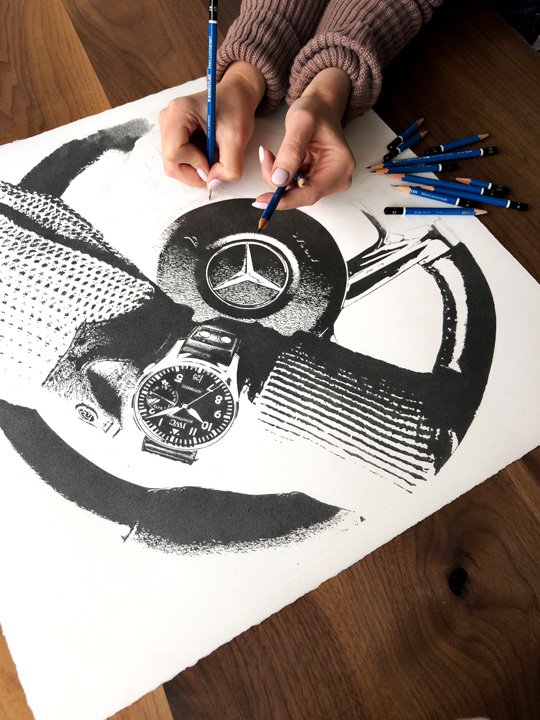
Let’s start where it all began: What visual influences shaped you as child and teenager?
Since I was little, I’ve found inspiration everywhere and anywhere; in natural or urban landscapes, in mundane or exotic environments, in humble interactions or vast mind-blowing ones. I think a wide variety of input and influence helps to create work with depth and quality.
I’m delighted by stories, ideas, and the unexpected, whatever form they take. Art, design, books, fashion, music, film, the natural world, you name it. I’ve been an art and design enthusiast for most of my life, fascinated by created objects and spaces that remain relevant and passionately embraced over decades.
Was there an initial spark that made you think visually and draw?
I can’t identify a starting point – for as long as I can remember, I’ve made and created things. Some of my earliest memories are at the kitchen table working with whatever creative medium was on hand. I grew up with a mother who appreciated and made all sorts of beautiful things and a father who taught me the art of observing, questioning, and thinking. As a result, possibility, and curiosity make me tick.
I’m enthralled by the act of creating something from nothing. I marvel at artists, designers, authors, directors, and all sorts of creative people who bring worlds to life from nothing. The blank canvas is both paralyzingly daunting and intoxicatingly exciting.
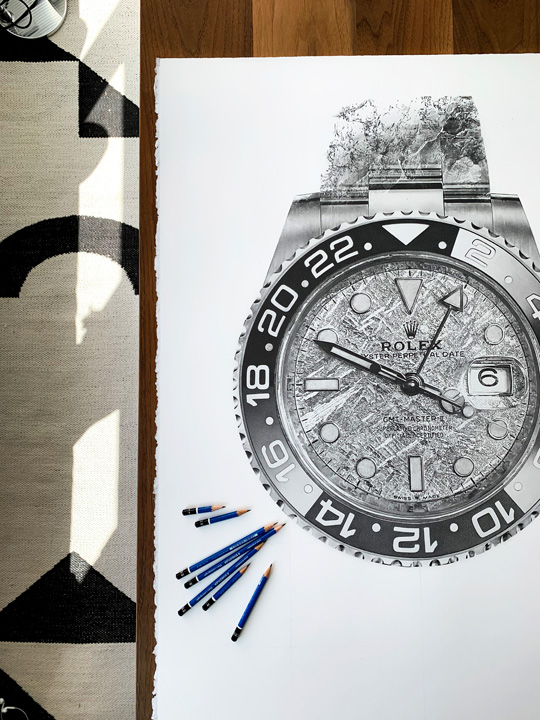
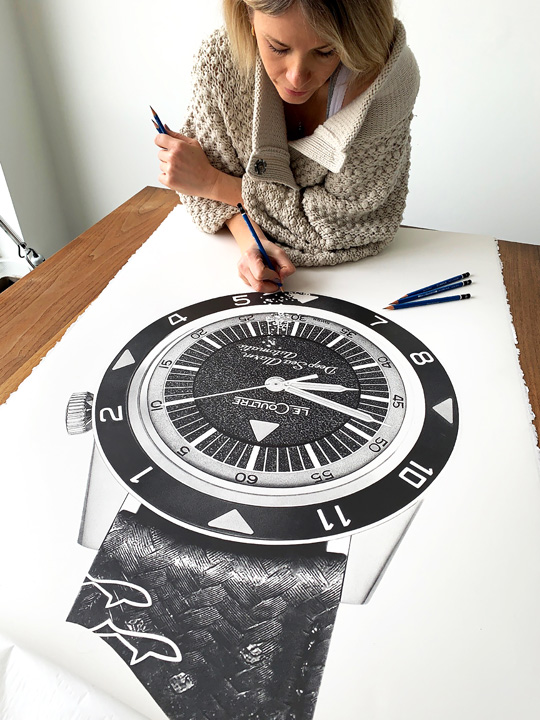
We read in former interviews that you stumbled into drawing watches serendipitously. So how did this happen (if you like to tell us)?
Indeed, watches were not on my radar until I came across an article about iconic timepieces. I had been looking for an area of focus that would keep me interested in both tangible and abstract qualities. The art of watchmaking checks both. Watches are portals into so many different worlds I love – design, fashion, sport, adventure, craftsmanship. One of my driving curiosities is what makes something timeless. There are formal principles and theories to design and there’s this mystery as to what makes something special. This is what keeps me intrigued.
What is still the biggest challenge for you when drawing a timepiece?
I often have a very clear idea in mind for each piece and then it’s just a matter of working out how best to translate it. Intricate movements remain one of the biggest challenges for the focus and stamina they require. I love the fun challenge of capturing all of the different textures I come across whether a GMT Master II meteorite dial or a carbon fire case or a leather strap. Sometimes the simplest things are the most difficult – like a bezel gradient or a flat, even plane.
How many hours of research do you invest in order to understand the respective watch, its brand and its heritage?
It depends on my exposure to the watch and a brand. If it’s one I’m familiar with, it’s less and if not, it’s more. Tricky to put a number on it but I’d say the preliminary stages of research, reading, and coming up with ideas would be anywhere from 10-30 hours.
When did you start drawing in this particular photorealistic technique and why?
I started drawing in this manner for the collection but realism and natural elements have always filtered through my work. Sometimes you choose style and sometimes it chooses you. Sometimes the artistic choices you make are clear and definitive from the start and sometimes they take much exploration to sort things out.
How many hours or days do you usually spend drawing a watch?
Depending on the stage of a project and the urgency of a timeline, my drawing hours anywhere between 9-15.
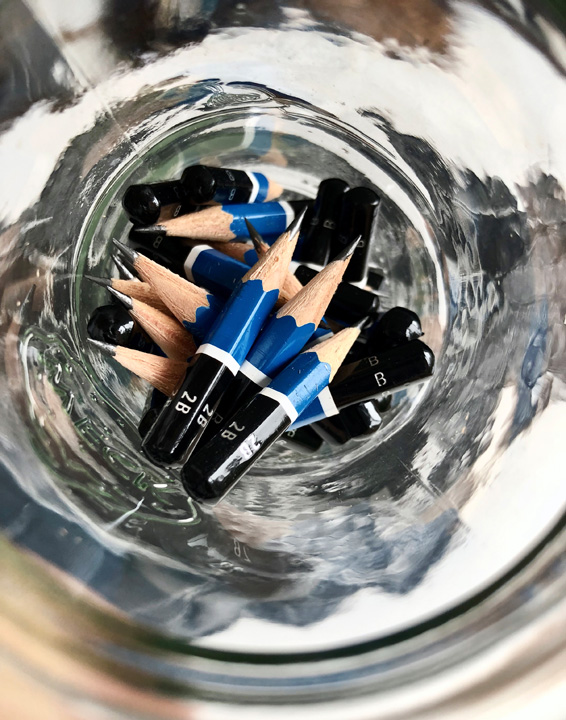
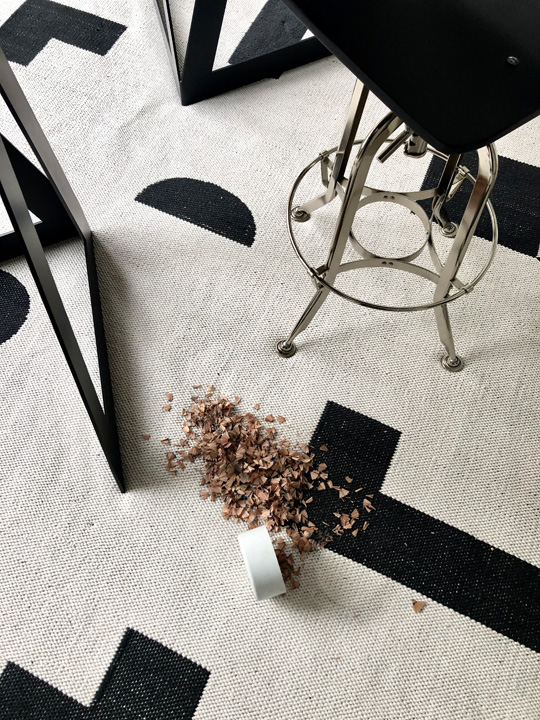
Your “weapons of choice” are Staedtler Mars Lumograph pencils (if we have researched this correctly?). How many of them do you need normally for an image? And by the way: do you tend to work with an eraser or a scalpel or both?
Weapon, indeed… I’ve been stabbed more than a handful of times and even have a little piece floating in my index finger! Graphite was an intentional choice for the Making Time collection. There is a magic to the medium – a lively shimmer and great depth. I love the idea of using a very humble tool to push its boundaries and to create luxury in huge, intricate works of art.
There is a special metamorphosis that takes place when working with a pencil. As wood is shaved off layer by layer, the tool in hand becomes something on paper. It’s a medium that beautifully captures all of the different textures found on a timepiece from metals to leather.
My grandfather worked with Staedtler Mars Lumographs as an engineer and so I naturally gravitated to these blue pencils. I use approximately 60-90 for each drawing. I also use a kneadable eraser.
Instead of drawing a perfectly realistic drawing, you often go one step further by adding partially a second layer. Why is that and how did it happen?
I knew I wanted to go beyond a hyper-realistic approach for this collection. I wanted to capture these iconic timepieces with a different perspective; weaving in historical, thematic, and personal elements of significance. These not only make the work unique but visually interesting, telling a story. The large scale is also a key feature, something special happens when you distort and play with size.
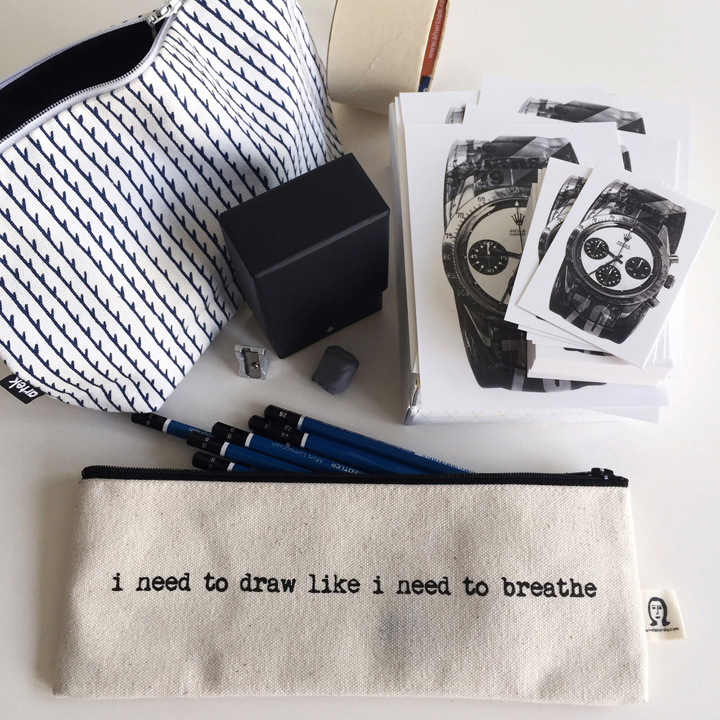
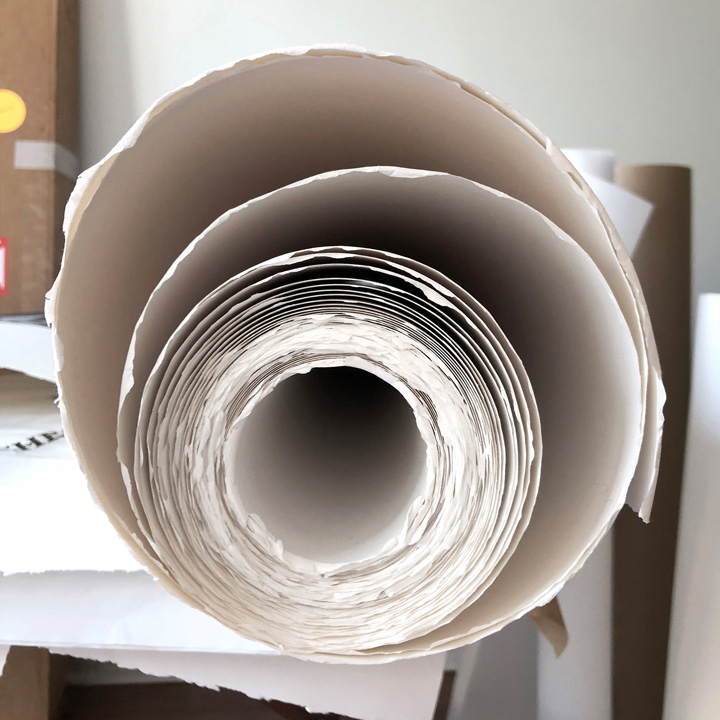
Do you often get feedback from watch designers like Anthony de Haas or others after they have seen your artwork?
I often hear from watchmakers. A couple of years ago, I had the great honour of working with ‚A Collected Man‘ on a special piece featuring F.P. Journe’s first wristwatch and he inscribed and signed the drawing.
We imagine your work as one that teaches much humility and patience. It’s that how it is?
Exactly right, humility and patience are just two of the many things you are taught as an artist. I never stop learning or being humbled by the process of creating. I am a work in progress, as well as the art I make. It’s a continuous path and you never arrive, which is one of the things I love best about it.
What do you do in your free time to relax after so much concentrated and focused work? Do you even paint, perhaps, just with different techniques?
I have a compulsion to make things and so I always have a variety of creative side projects on the go separate from my ‘day work’. I love the challenge of figuring out something I’ve not yet done and I’ve got a long list of creatives skills I’d like to learn from textiles to etching. I love to cook and bake. I love sport and adventure. Outside and on the water are my favourite places to play.
I’ve just recently taken up roller skating and I’m starting to work on my pilot’s license. I love to relax with friends over a good meal or a long walk with great conversation.
Will you devote yourself to another topic at some point in time or is it pretty certain that you will stay with watches?
I feel like I’ve just scraped the surface with this collection. It’s the first subject I’ve explored deeply and I have many big dreams within the space to keep me inspired and hustling. I plan to take the HSNY watchmaking course so I can better understand the mechanical aspects to move toward a more conceptual approach.
It’s unpredictable but I always feel a certain energy for when it’s time to move and pivot. I never know where I will step next but it’s possibility that guides me there.
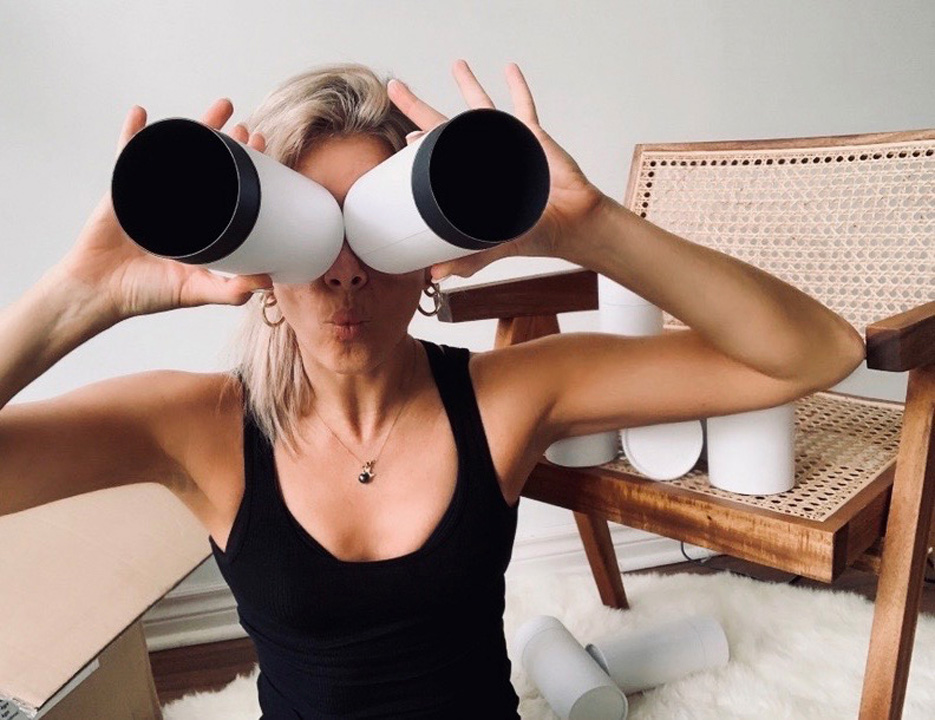
Thank you, Julie, it was a pleasure!


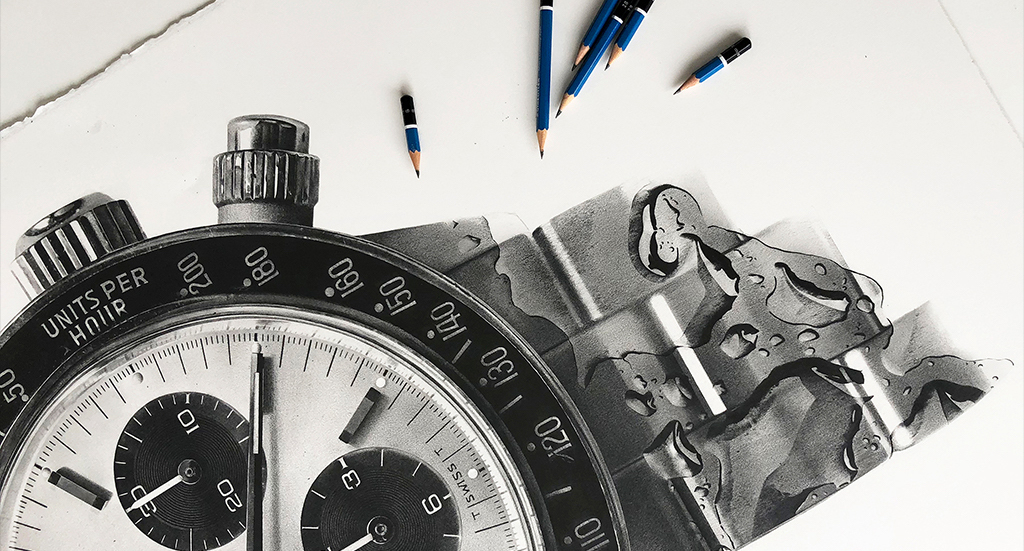
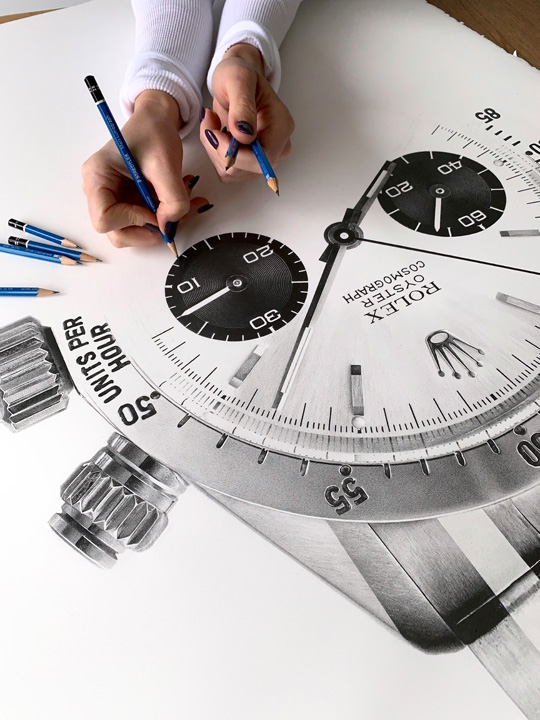
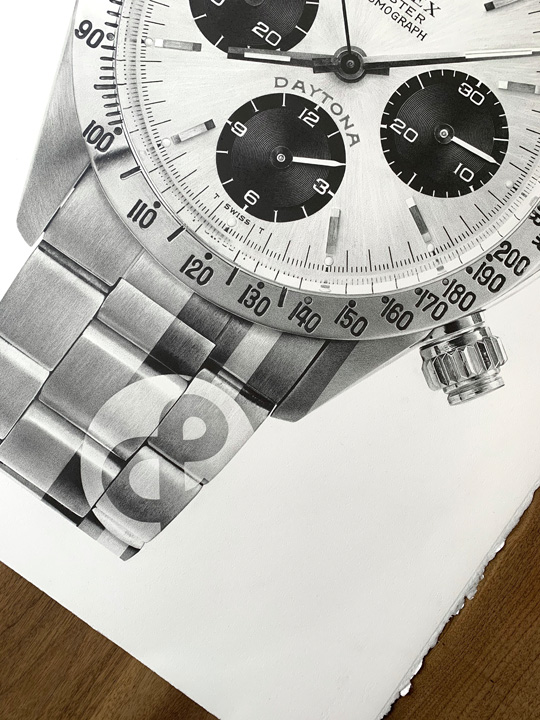
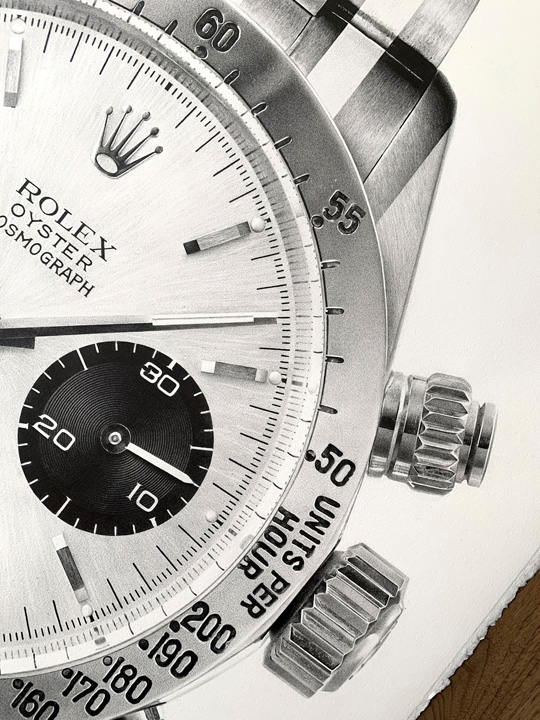
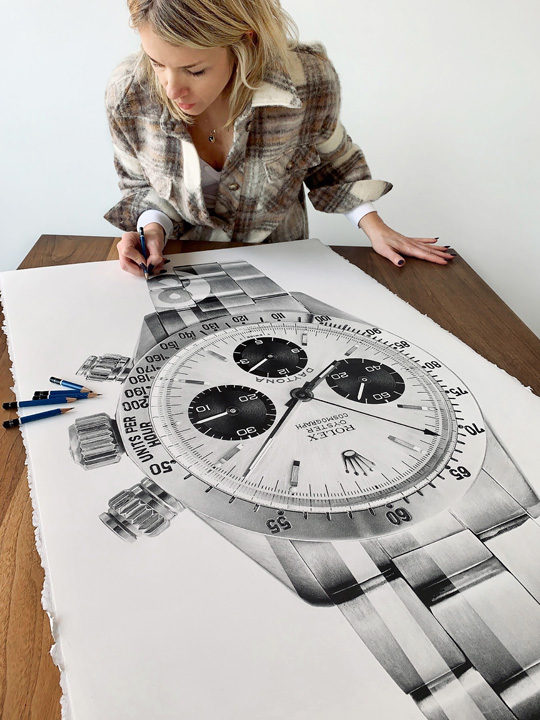
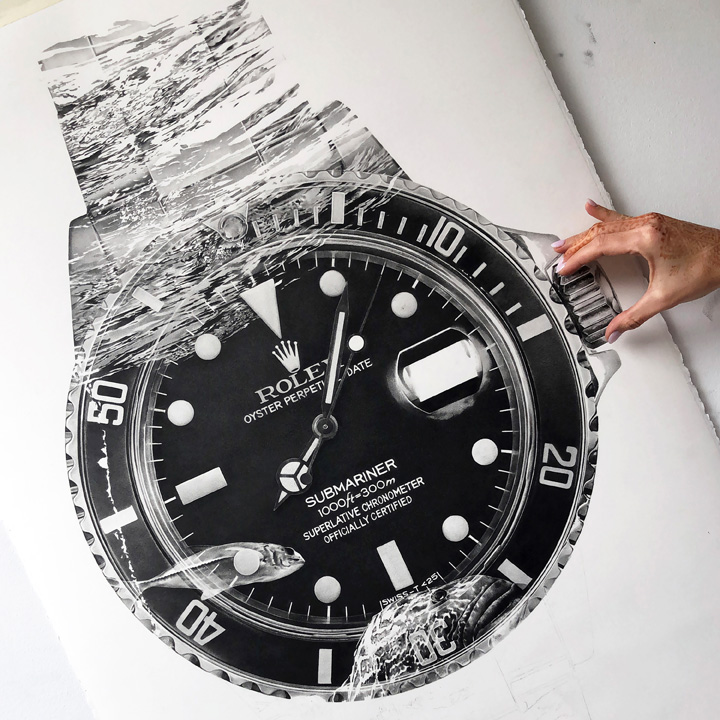
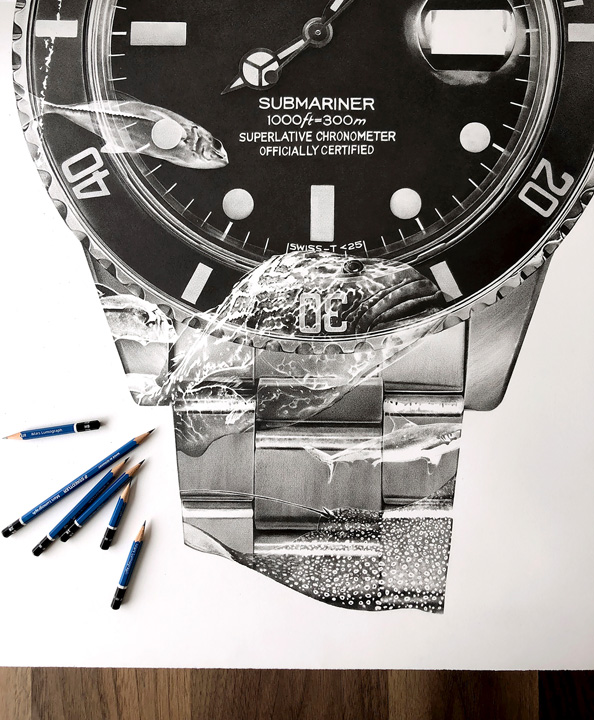
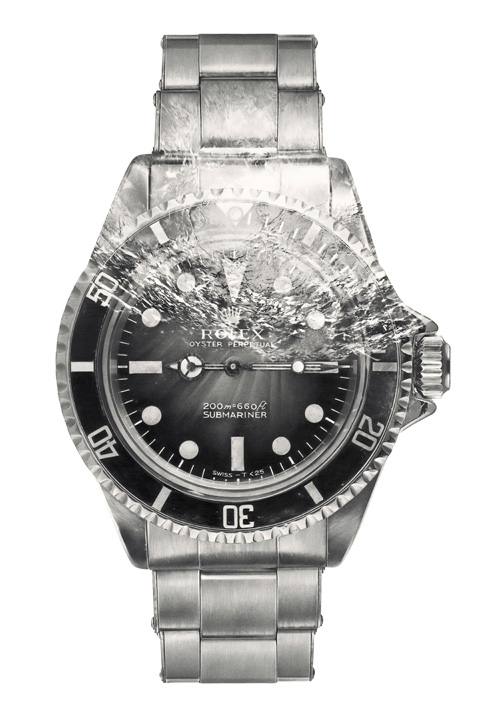
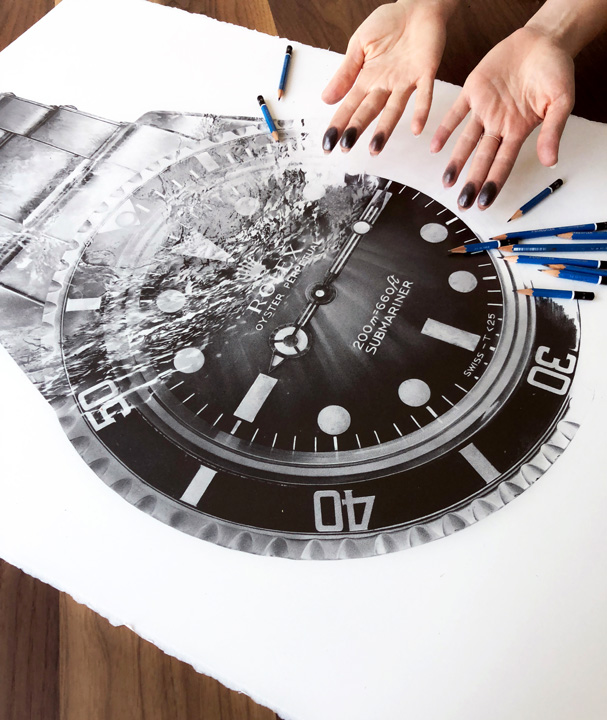
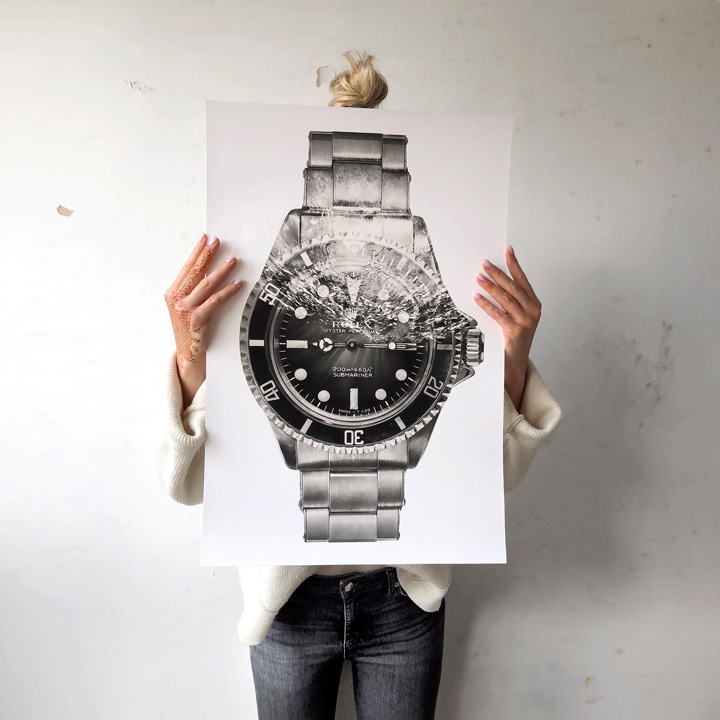
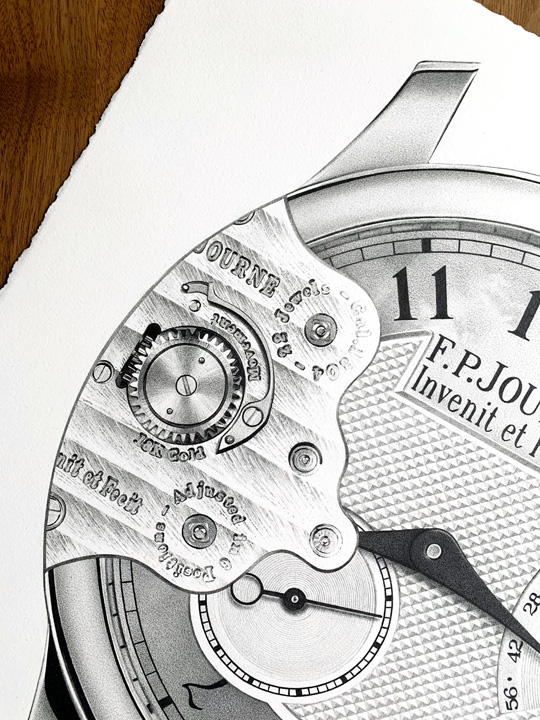
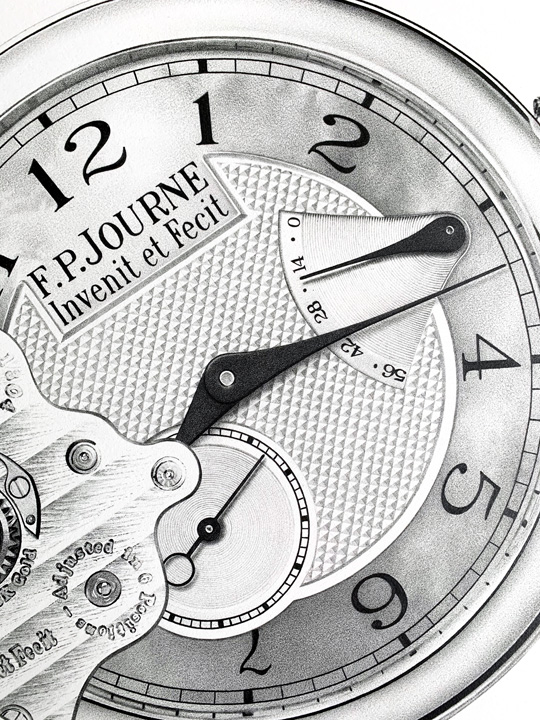
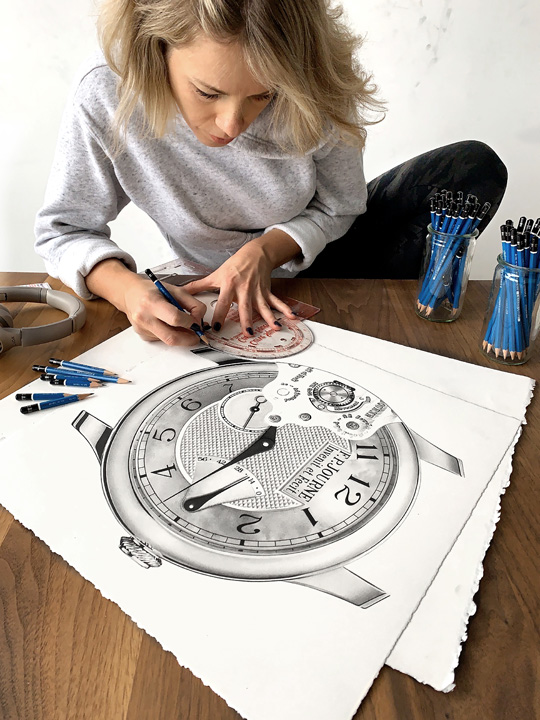
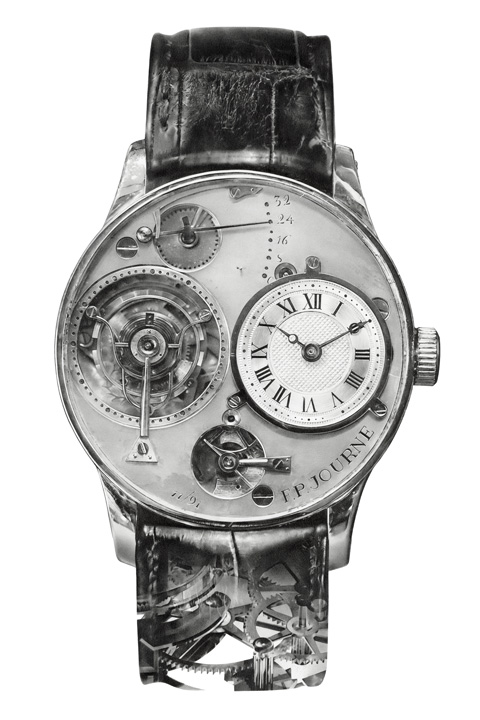
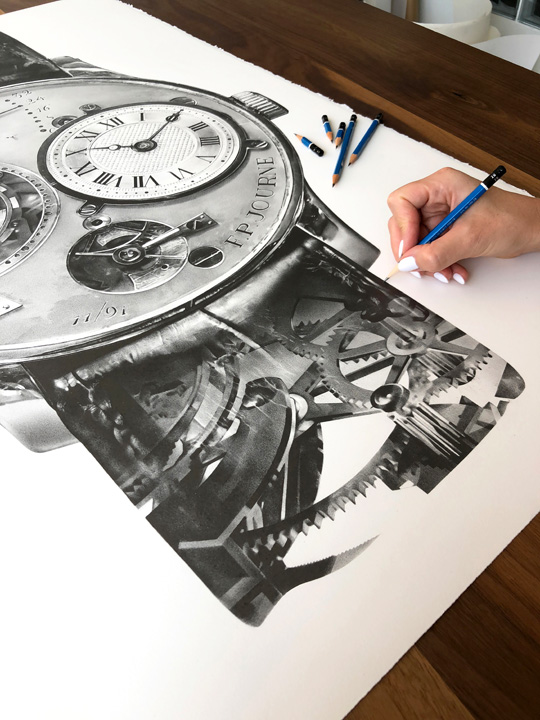
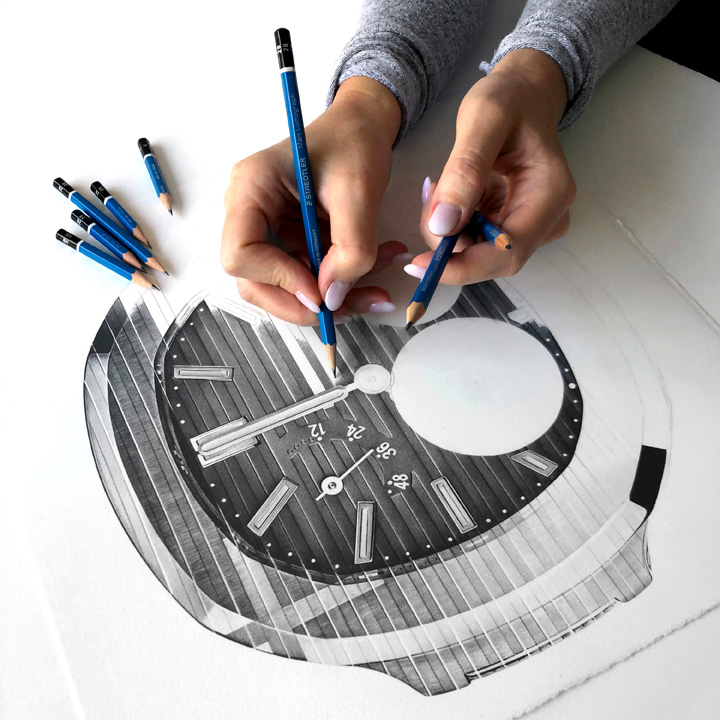
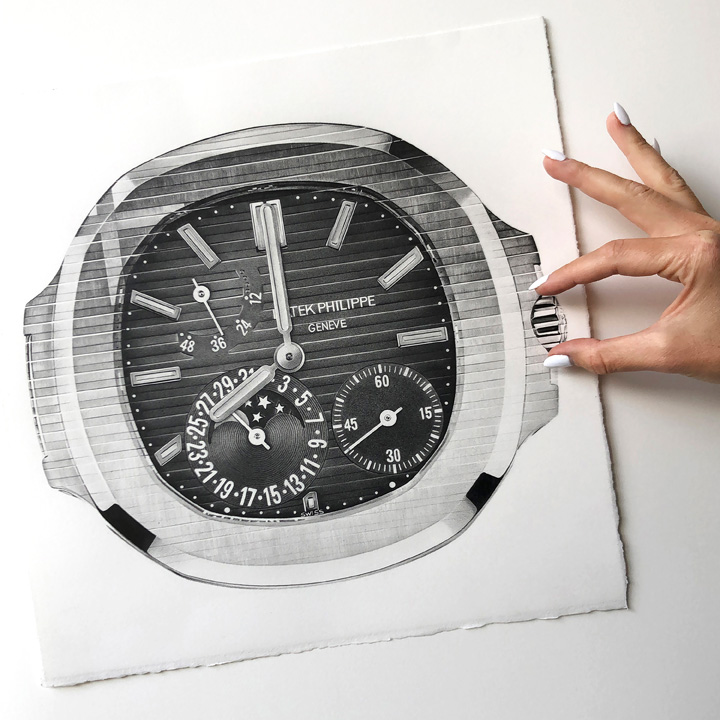
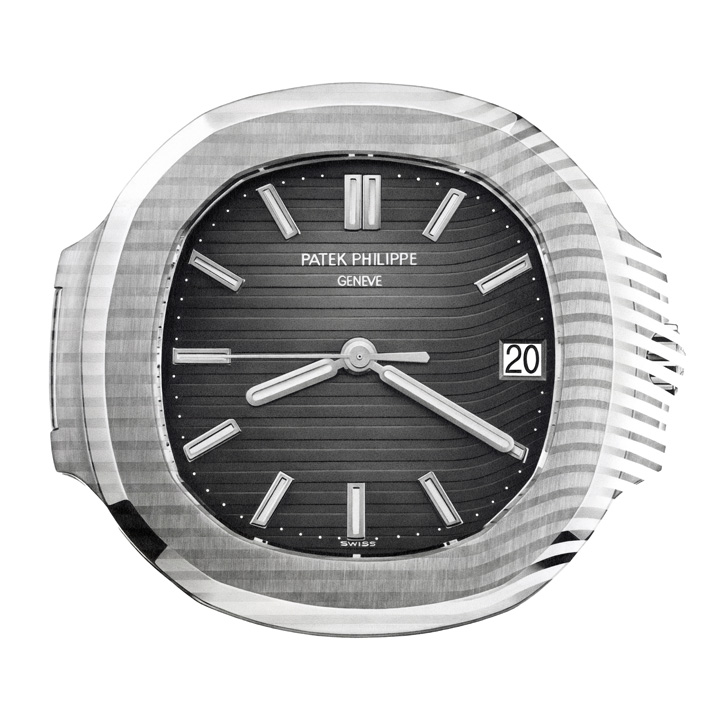
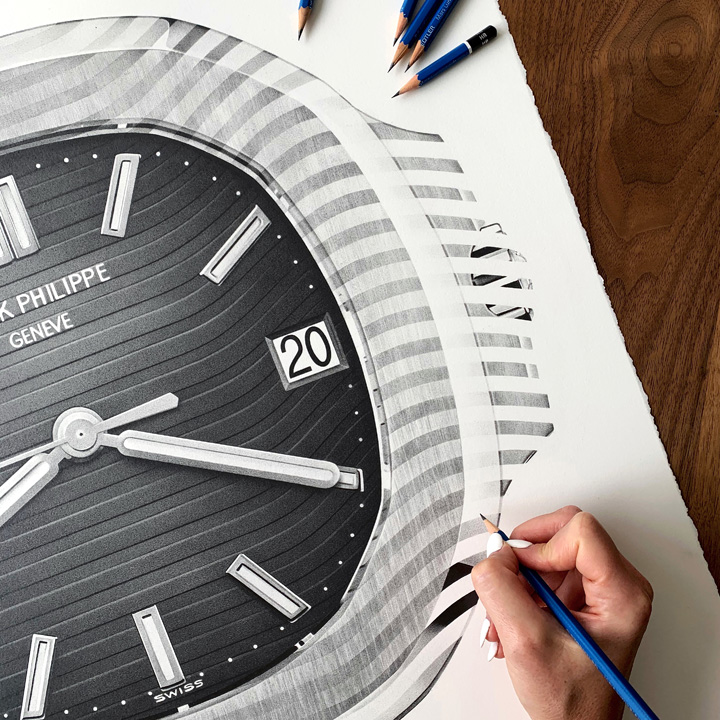
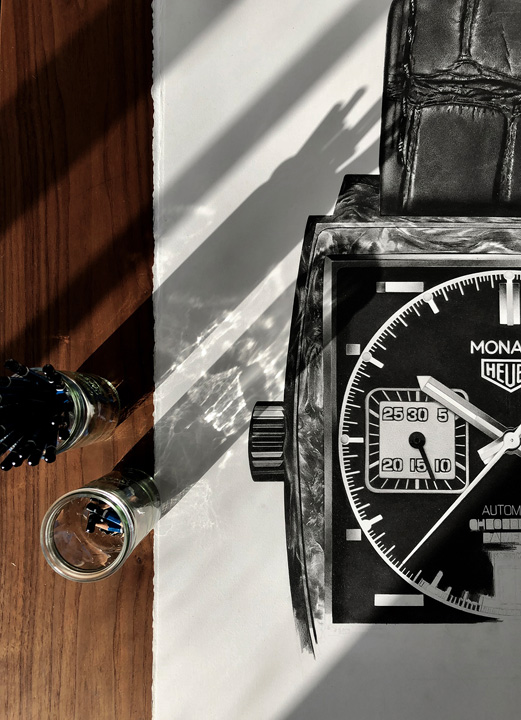
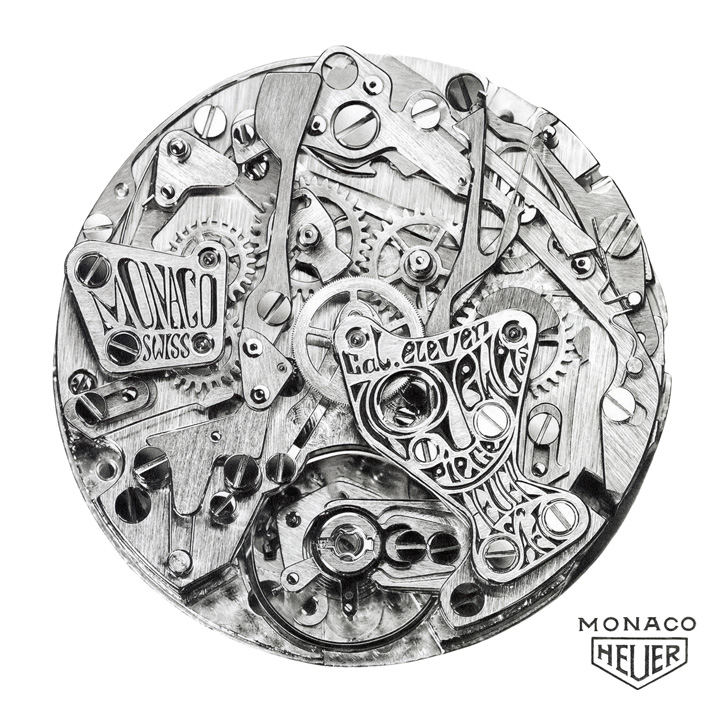
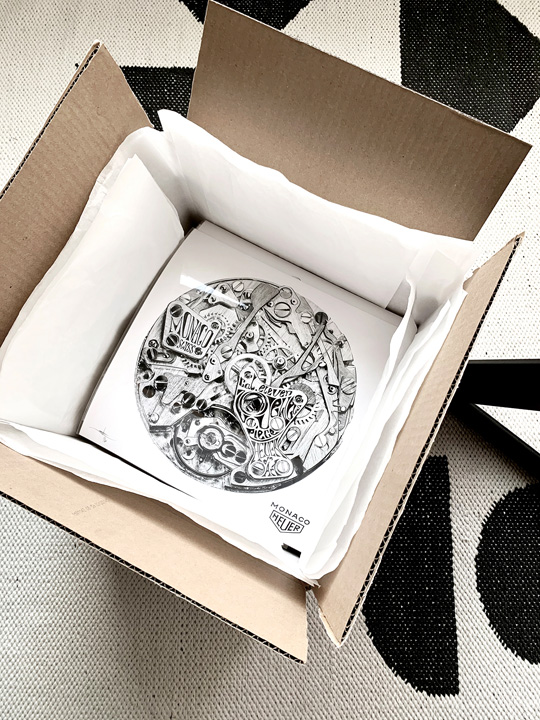
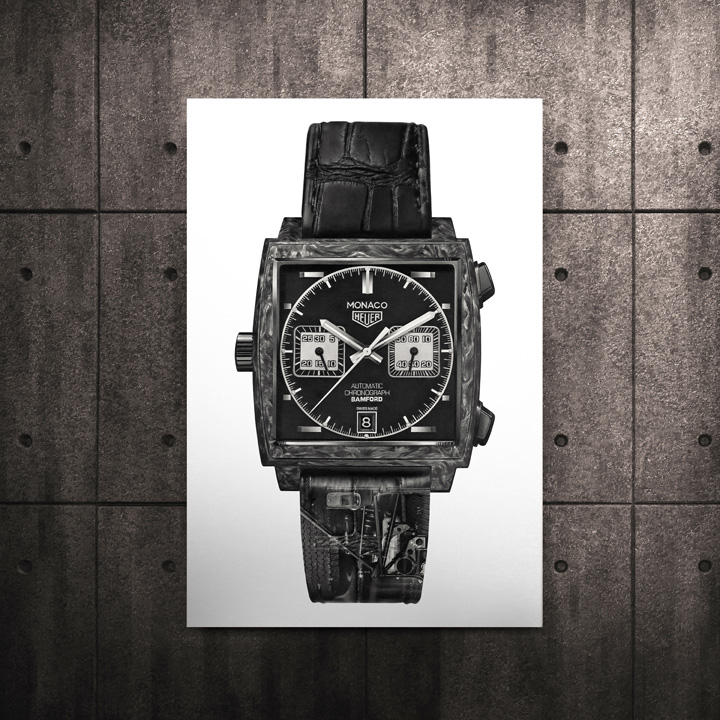

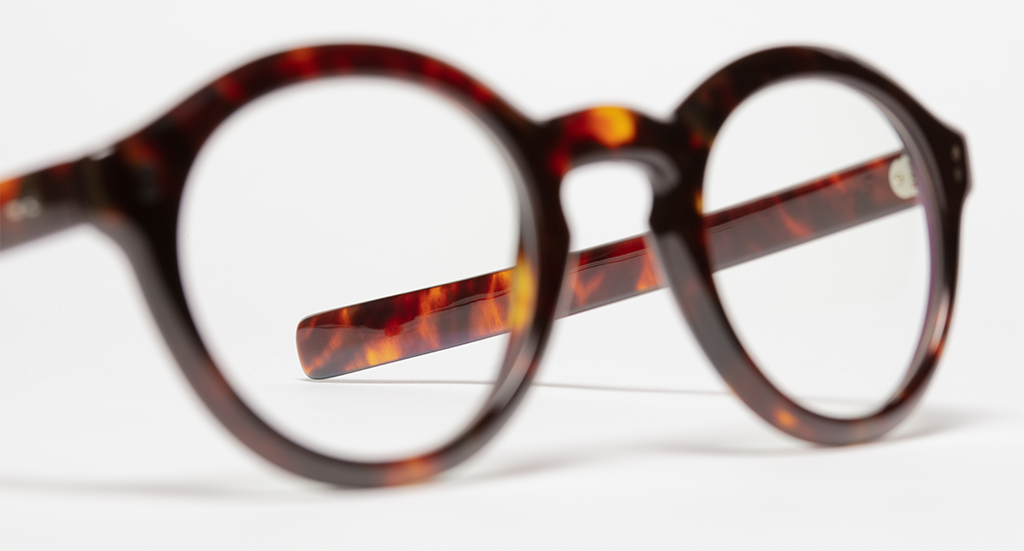

Join our Community